#Automotive
Reviving Client Confidence:
A Code Refactor Success Story
About the Project
In today's fiercely competitive automotive retail industry, the pursuit of excellence in product development is paramount. This case study delves into a project that exemplifies this pursuit—an engagement with Connect Auto, a prominent player in the automotive retail sector.
Connect Auto faced a formidable challenge that threatened both its reputation and client retention.
Services:
IT Staff Augmentation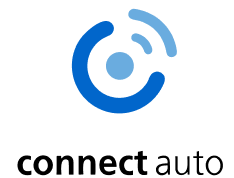
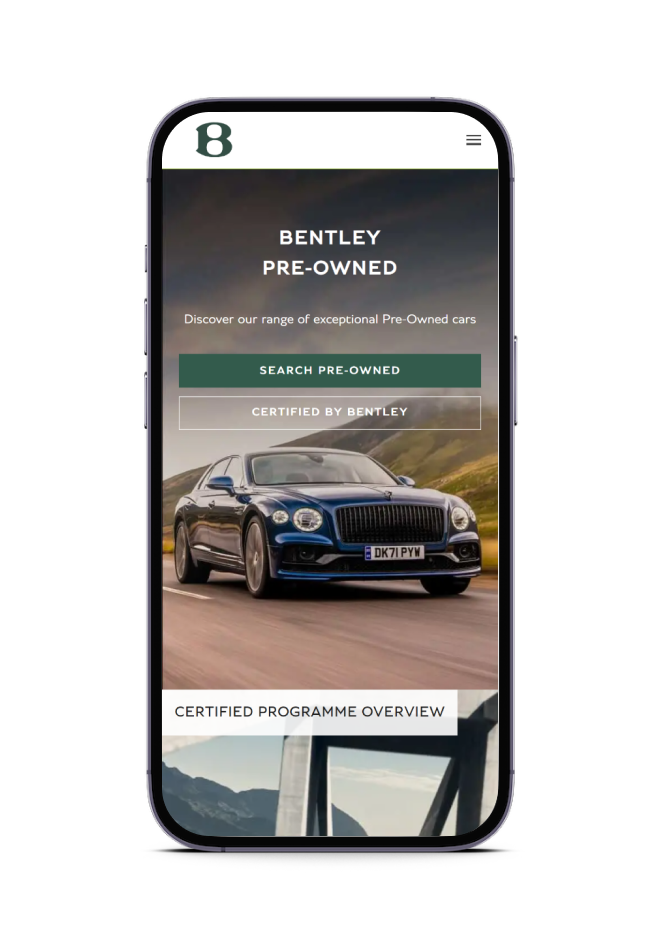
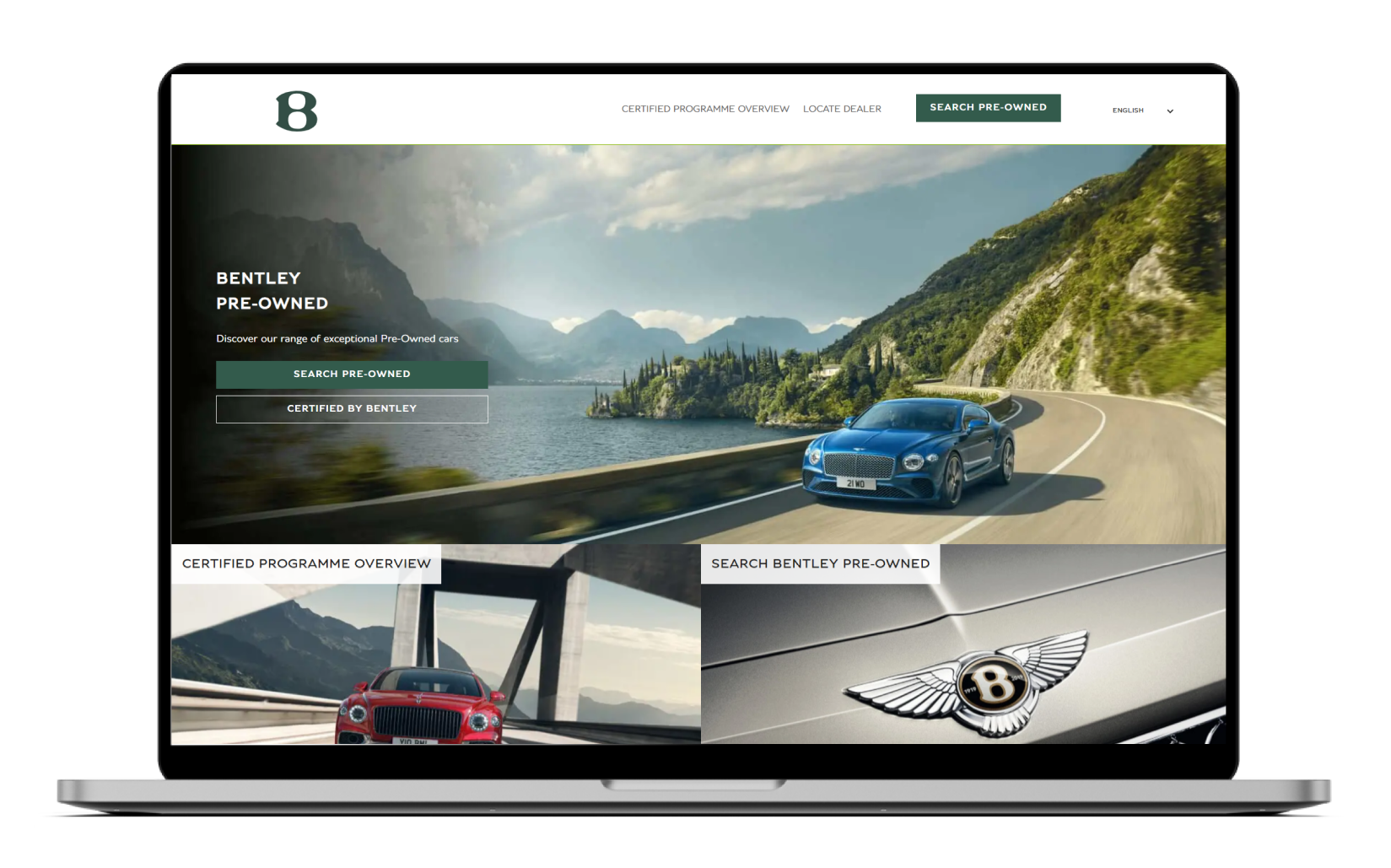
The Client
Connect Auto is a renowned name in the automotive retail industry, specializing in the global procurement of used luxury vehicles from prestigious brands such as Lamborghini, Rolls-Royce, Bentley, and Aston Martin.
With a presence in over 100 countries and fluency in 40 languages, Connect Auto boasts over two decades of experience in the digital retail sector.
Their mission is to revolutionize the automotive purchasing and ownership experience, forging strong connections between customers, car manufacturers, and dealers.
Challenges and Pain Points
Before engaging with Vision Deck, Connect Auto was grappling with a complex set of challenges:
- Client Attrition:
Persistent defects in their core product had resulted in a hemorrhaging of clients. With each product delivery, a new set of issues emerged, eroding the trust and satisfaction of their esteemed clientele.
- Legacy Code:
The existing legacy code was a significant hurdle. It was inadequately designed, making it nearly impossible to identify errors during development, leading to continuous problems.
- Unified Architecture:
The entire application architecture was unified, meaning that any code changes had unforeseeable impacts on various clients, compounding their difficulties.


Objetives
The primary objective of the project was to comprehensively address these challenges, ensuring the stability, functionality, and scalability of Connect Auto's product.
With that in mind, specific objectives included:
Code Refactor
Our developers initiated a meticulous code refactor, implementing client-specific functionalities to prevent negative impacts on other clients. This involved a thorough analysis of the existing codebase, identifying bottlenecks, and reengineering critical components.
Performance Optimization
Recognizing the importance of speed and efficiency in the digital age, our team prioritized performance optimization. We conducted in-depth profiling and tuning to significantly enhance page loading speed, resulting in an improved user experience.
Implementing TypeScript
To enhance code control and real-time error detection during development, in Vision Deck we decided to introduce TypeScript. This addition not only improved code quality but also streamlined the development process.
The Solution
The solution provided by our team was comprehensive and meticulously executed. These are the key elements that we included:
- Code Refactor Process:
Vision Deck's development team followed a systematic approach to code refactoring, ensuring that client-specific functionalities were isolated and tested extensively. The refactor process involved rewriting critical sections of code, eliminating redundancy, and enhancing code modularity.
- Performance Optimization Techniques:
Performance optimization involved thorough profiling of the application to identify bottlenecks and resource-intensive operations. Our developers optimized database queries, streamlined code execution paths, and leveraged caching mechanisms to achieve substantial improvements in page loading speed.
- TypeScript Integration:
The introduction of TypeScript brought a new level of robustness to Connect Auto's codebase. It enabled static type checking, real-time error identification, and improved code maintainability. Vision Deck's developers worked closely with Connect Auto's team to seamlessly integrate TypeScript into the development workflow.
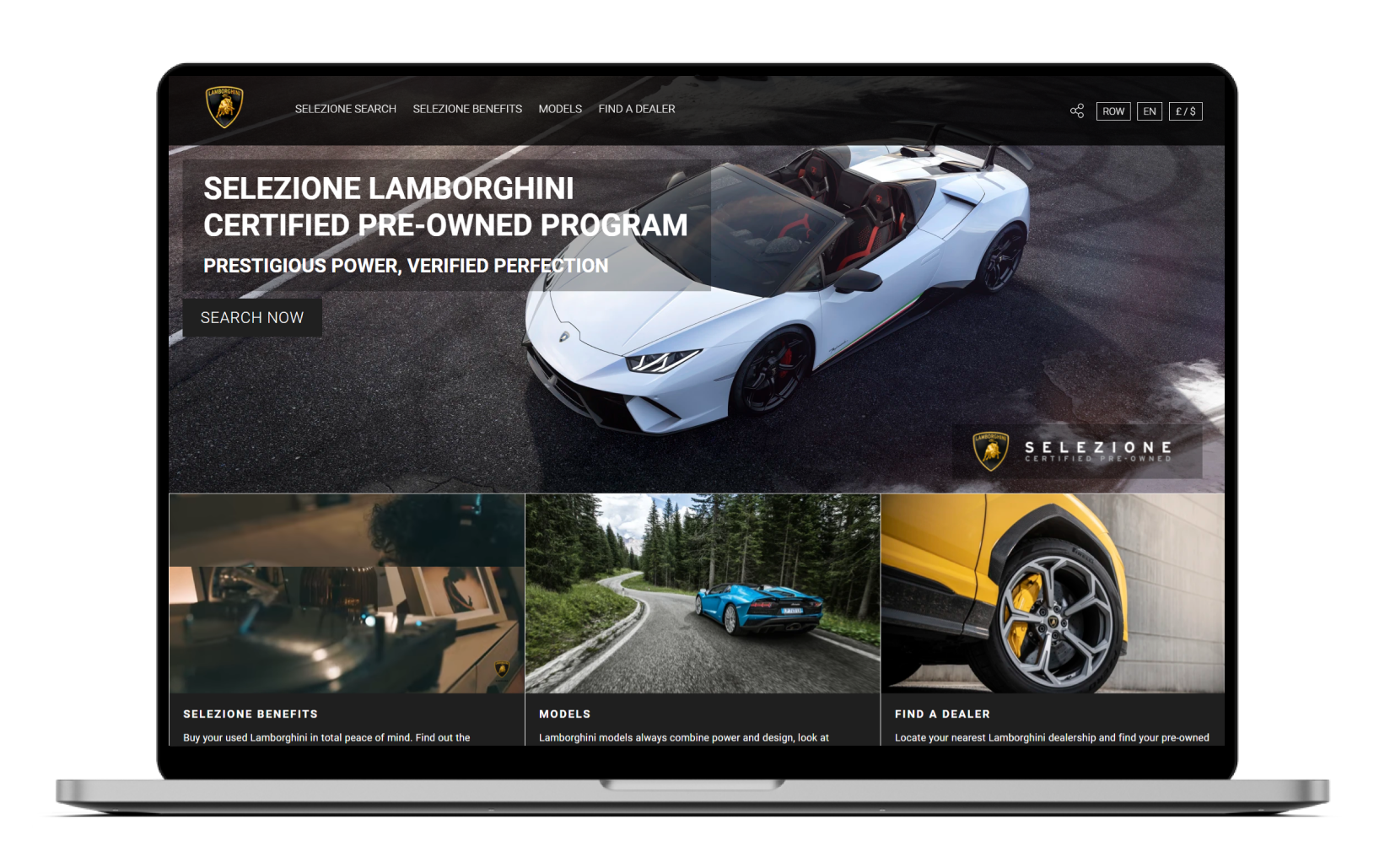
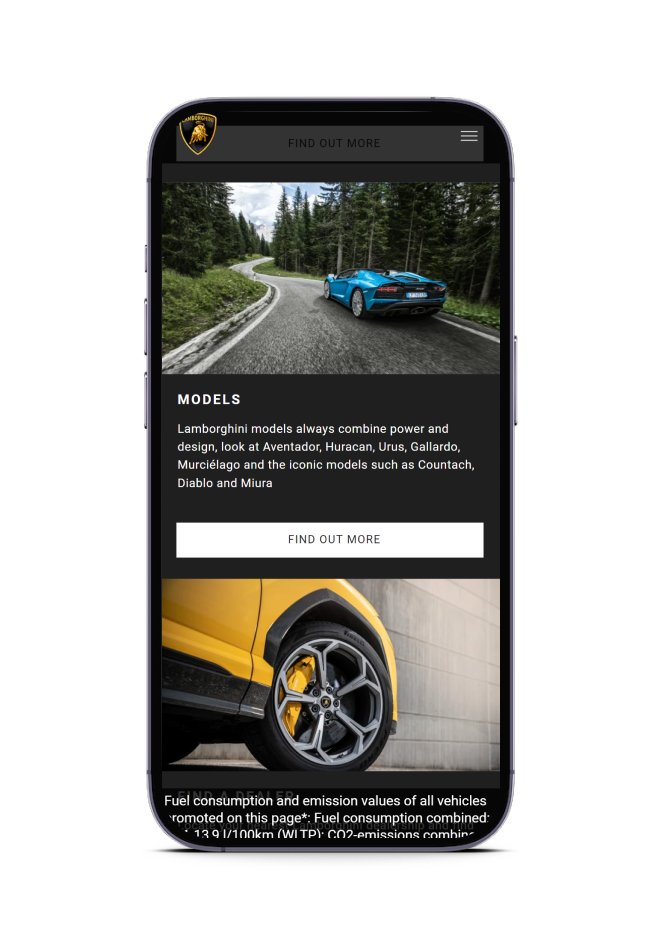
Results: Reviving Client Confidence
The results of our intervention were transformative for Connect Auto:
Client Retention
As a direct result of the rigorous testing and proactive approach taken by Vision Deck, Connect Auto successfully stemmed client attrition. Existing clients regained confidence in the product's stability and reliability, leading to improved customer satisfaction.
Business Expansion
With a newfound reputation for quality and performance, Connect Auto not only retained its existing client base but also expanded its horizons. horizons. Two additional clients recognized Connect Auto's commitment to excellence and chose to partner with the company.
This case study serves as a testament to how Vision Deck's IT expertise revitalized Connect Auto's business. By prioritizing code quality, performance optimization, and client-specific enhancements, the project not only addressed its initial challenges but also positioned Connect Auto for sustained growth and success.
Is this what you have in mind? Then don't hesitate to reach out to us! Elevate your IT projects to new heights, and experience a new dimension of excellence.
